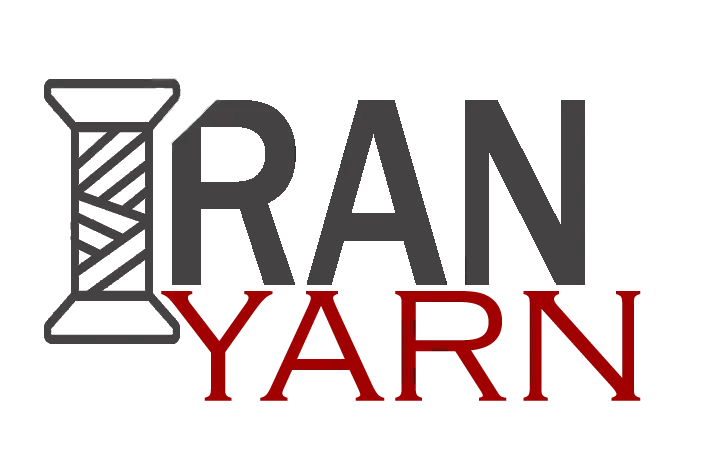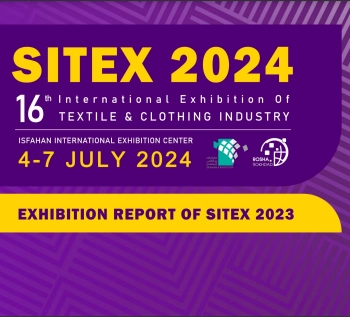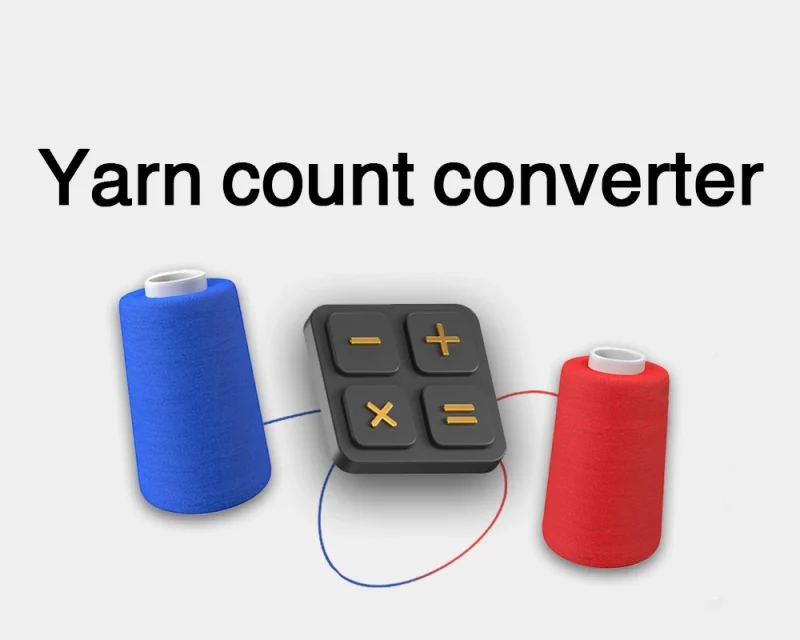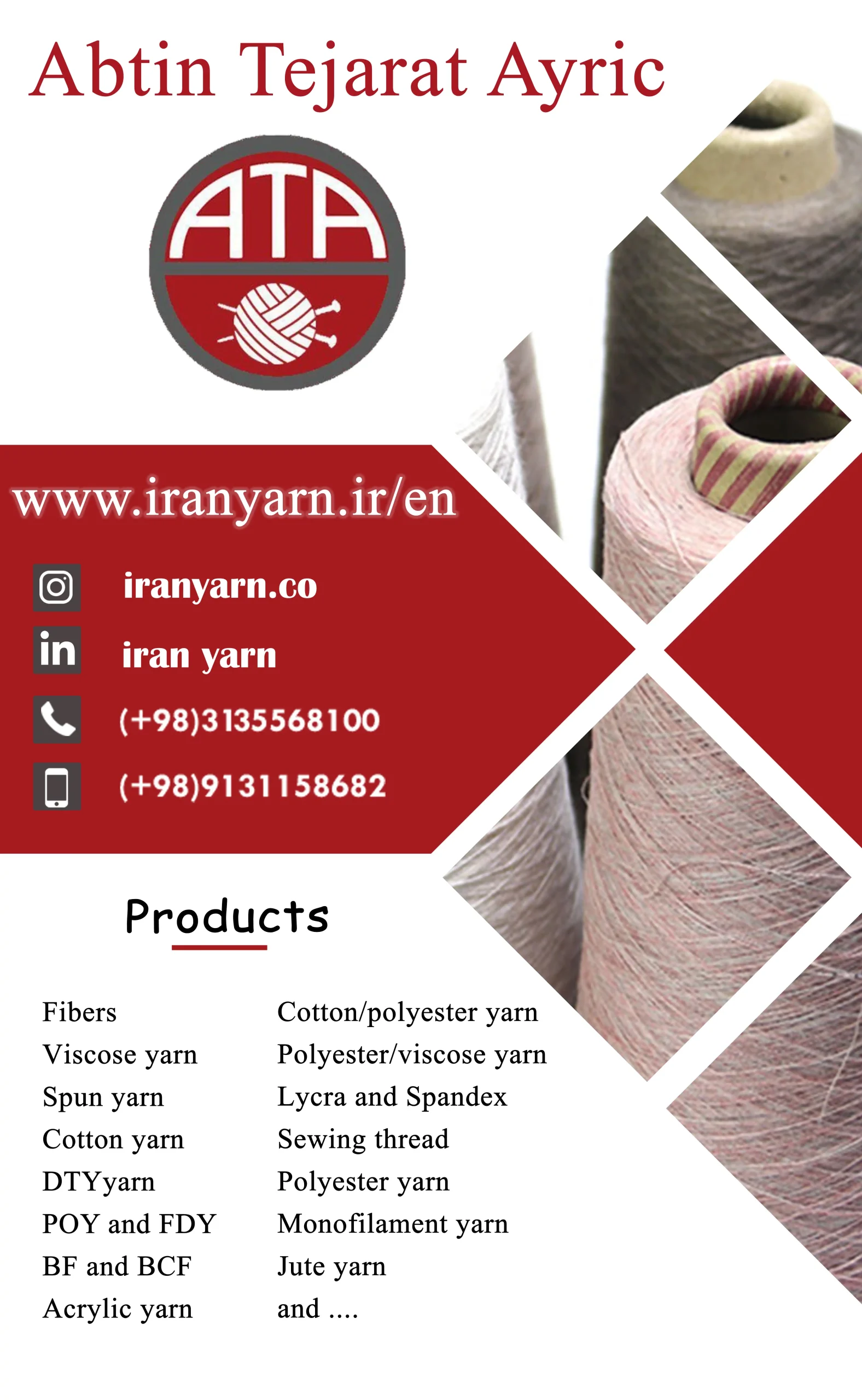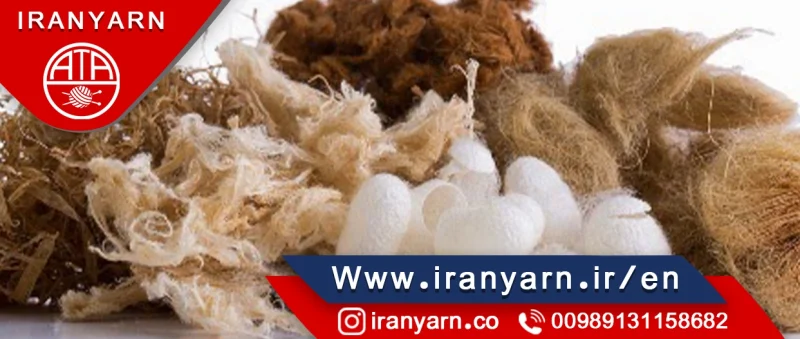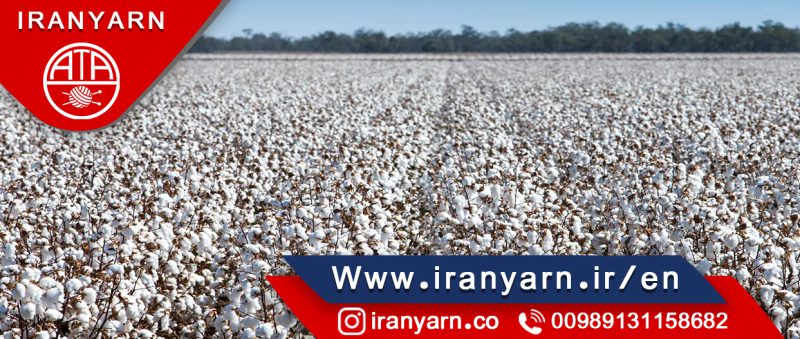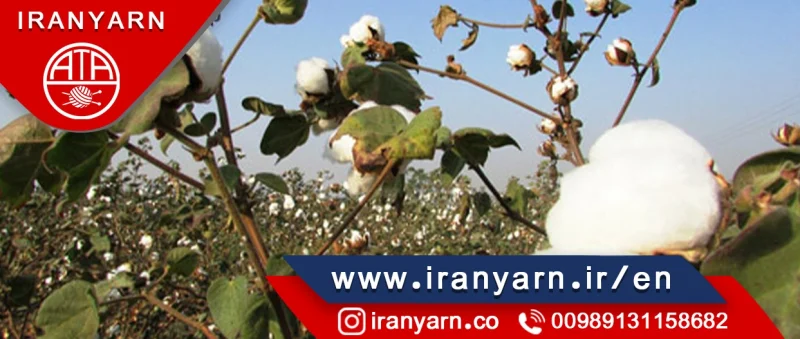Concerns of the textile colorist
The color of a manufactured textile is the first item that interests the customer So, it is important that standards of color affect during use are satisfied. The colorist is responsible for the quality of the color by guaranteeing a suitable selection and using of colorants that will resist any probable treatment. Such these things are important for any manufactured colored product such as plastics, printing inks, paints and textiles
Thousands of new colored combinations have been appeared on the market since W H Perkin discovered the first viable artificial route for producing a commercial dye. Of these, relatively few have become commercially significant. Even so, the dyer is faced by a confusing arrangement of dyes when attempting to satisfy a customer’s expectations for resistance to the destructive agencies the goods are
likely to meet in use. Unless the correct choice of dyes is made, even the bestquality
fabric will be used as substandard if the color fades or washes out the first
time the goods are cleaned. Those dyes with the highest resistance to agencies
such as repeated washing or sunlight are also more expensive to make, and if the
use of the end product does not warrant a high price the choice of dyes is further
restricted. Consequently, the minimum level of fastness required is judged in
accordance with the intended end use of the fabric.
For some items like cinema curtains or wrapping paper or dusters, fastness to
light or wet treatments is not important, because they will be dry-cleaned and
rarely be exposed to daylight. on the other hand, goods such as carpets,
furnishing materials and curtains are expected to last for many years, and
resistance to light and cleaning become of dominant importance. Other goods
may be required to stand up to a particular treatment associated with their use; a swimmer needs to withstand the effects of chlorinated water and sea-water, while children’s wear must be able to resist repeated washing.
The common goal of the textile colorist reach well beyond the selection of suitable shades to match the most recent fashion color. In addition to the shade strength and quality of the color, the issues of the production of the work force and capital costs have to be tackled on the route to the final product. These are often defined by the material available, the amount of them to be dyed and the energy consumption of the chosen process. Sometimes a dyeing may last years, by which time some of the main dyes may have vanished from the market; so it is required to reformulate the dye recipe to a price using different dyes, and fabric of a different specification.
Realizing the likely influence of processing on the fabric is important, too. Reformation during processing of properties such as strength, elasticity, abrasion resistance and dimensional stability has to be kept within prescribed limits.
Obviously, the success of the dyer depends on a complete understanding of the user properties of fibers, yarns, fabrics and dyes as well as their expected treatment during finishing processes.
Buying and selling yarn

